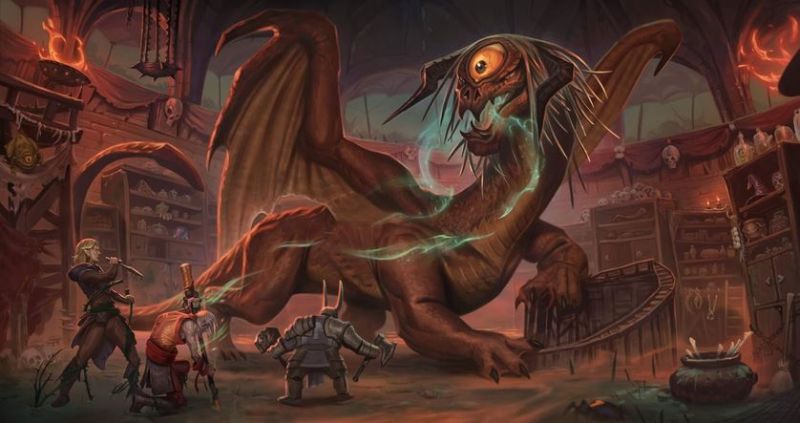 Full Abilities:
Full Abilities:-
Summon Spirits of Inhalation
 Abilities:
Abilities:-
Intellect Extraction
-
Time Inhalation, Master
-
Legendary Defenses
 Attack Abilities:
Attack Abilities:-
Necrotic Bite (2d12)40000 gp
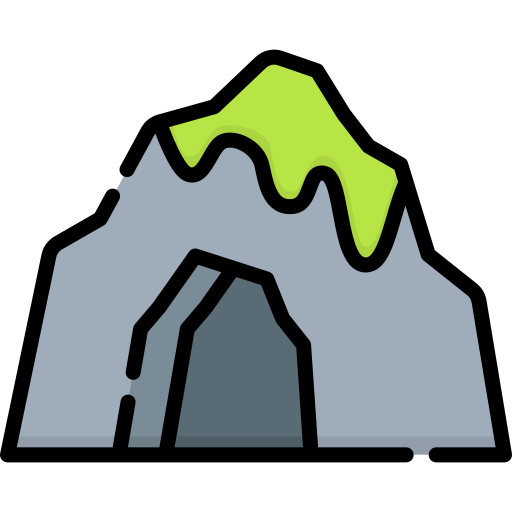 Lair:
Lair:-
Hag Dragon Lair
 Monster Bits:
Monster Bits:-
3600 Animal Bone0.03 gp
-
6750 Animal Fat0.5 gp
-
13500 Animal Meat0.05 gp
-
3150 Dragon Blood10 gp
-
4500 Hard Skin0.1 gp
-
5400 Hag Dragon Scale25 gp
An embodiment of dark fey magic, this creature stands like a true dragon, but twisted. An orange orb dominates its head's massive eye socket, shifting vestigial eyes aside. Mottled brown and yellow scales create a unique medley. Enveloped in an arcane aura, a spine-chilling breath sends a shiver down your spine, marking this dragon as a captivating fusion of mystique and menace.
🕰️ Age & Experience
Ancient dragons are the eldest of their kind, often having lived for thousands of years. With centuries of observation, conquest, and introspection behind them, they are master tacticians, wielding wisdom and patience far beyond mortal comprehension. Every word, move, and gaze carries the weight of ages.
💪 Size & Strength
These titans of the sky dwarf even their adult kin—some spanning over 100 feet in length. Their bodies are fortified with impenetrable scales, bone-crushing muscles, and wings that blot out the sun. Few creatures can match the raw physical power of an ancient dragon.
🔮 Magical Prowess
Ancient dragons are walking arcane storms. They possess immense magical capabilities, able to:
- Cast high-tier spells effortlessly
- Shape reality within their domain
- Wield natural magical resistances
- Enchant their lairs and manipulate the surrounding terrain
- Their power extends far beyond breath weapons—magic is woven into their very being.
🗺️ Territory & Influence
An ancient dragon's domain can span entire kingdoms. Their influence warps the natural world:
- Rivers change course
- Weather patterns shift
- Predator-prey relationships evolve around them
- Creatures within their realm either serve, flee, or hide—none remain unaffected.
💰 Treasure Hoards
Few things are more legendary than the hoard of an ancient dragon. Amassed over centuries, these caches include:
- Mountains of gold and gems
- Lost magical artifacts
- Relics from fallen civilizations
- Such wealth draws adventurers, kings, and fools alike—often to their doom.
🧠 Behavior & Personality
No two ancient dragons are alike. Some are ruthless tyrants, others reclusive sages. Their personalities reflect lifetimes of victory, betrayal, solitude, and ambition. Every action is calculated, every word layered with meaning. Whether benevolent or cruel, they are always dangerously intelligent.
🛐 Cultural Significance
To many, ancient dragons are living gods. They feature prominently in:
- Religious doctrine
- Creation myths
- Prophecies and legends
- Entire cultures have risen and fallen under their gaze. Their names are spoken with awe, fear, or reverence.
🏯 Lair & Defenses
An ancient dragon’s lair is a fortress of nature and magic. Nestled in remote, often impossible-to-reach places—like the peak of a storm-shrouded mountain or the bottom of a sunken abyss—these sanctuaries are protected by:
- Deadly traps
- Magical wards
- Loyal minions or enslaved guardians
- Entering such a place is often a death sentence.
🧬 Interactions with Other Races
While many dragons isolate themselves, some negotiate, manipulate, or dominate mortal civilizations. They may:
- Forge alliances with powerful rulers
- Demand tribute from cities
- Wage war for dominance
- These relationships are rarely simple—and often driven by a dragon’s own inscrutable goals.
🪦 Lifespan & Legacy
Ancient dragons may eventually succumb to age or battle, but their influence endures. They leave behind:
- Enduring legends and myths
- Enchanted relics
- Descendants carrying on their will
- Even in death, their name can shape nations or ignite wars.
🗡️ A Living Force of Legend
Ancient dragons are more than creatures—they are forces of history, myth, and magic. As foes, they challenge the gods; as allies, they reshape destinies. To encounter one is to witness the full weight of age, power, and legend bound in scale and flame.
-
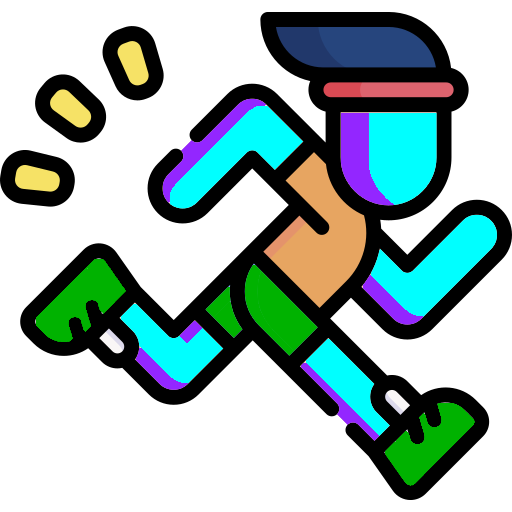 Speed:
Speed:
-
 Walking Speed:
+40
Walking Speed:
+40
-
 Flying Speed:
+80
Flying Speed:
+80
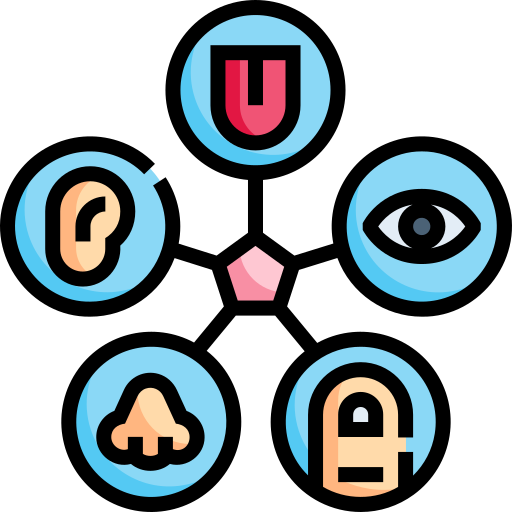 Special Senses:
Special Senses:-
 Nightsight: +120
Nightsight: +120
-
 Blindsight: +60
Blindsight: +60
-
 Truesight: +60
Truesight: +60
 Immune to Status Effect:
Immune to Status Effect:-
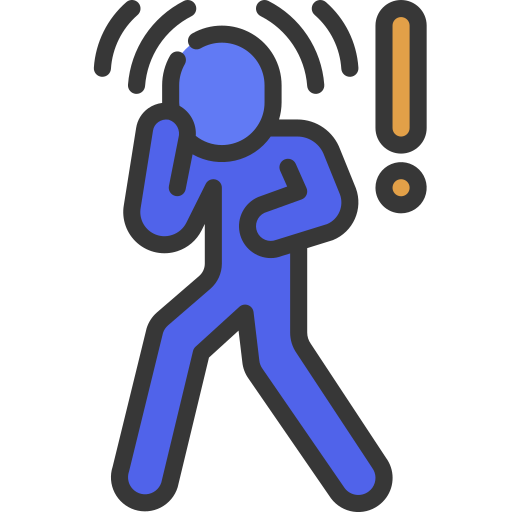 Frightened
Frightened
 Natural Armor:
Natural Armor:-
Natural Armor +120 gp
 Natural Weapon(s):
Natural Weapon(s):-
Bite (20) (3d10)
-
Claw (15) (3d6)
-
Tail (25) (3d8)
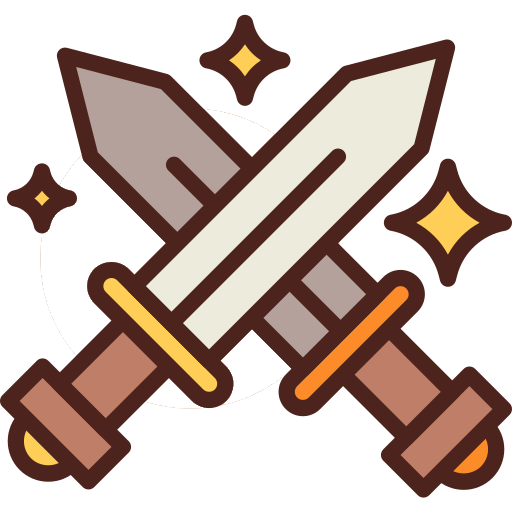 Extra Attack: +5
Extra Attack: +5
 Abilities:
Abilities:-
Major Wing Whirlwind
 Quick Abilities:
Quick Abilities:-
Legendary Detection
 Free Abilities:
Free Abilities:-
Frightful Presence
 Skill Tier 2:
Skill Tier 2:-
 Common Language Skill
Common Language Skill -
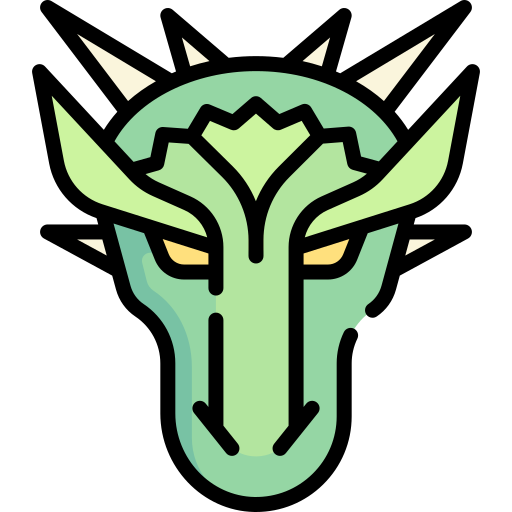 Draconic Language Skill
Draconic Language Skill
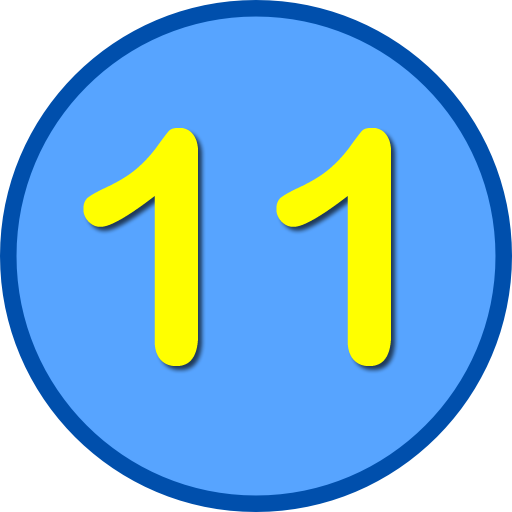 Skill Tier 11:
Skill Tier 11:-
 Bending Weapon Skill
Bending Weapon Skill -
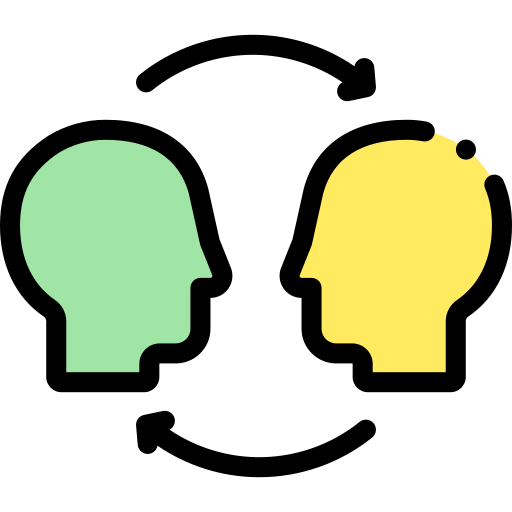 Empathy
Empathy -
 Influence
Influence -
 Inspection
Inspection -
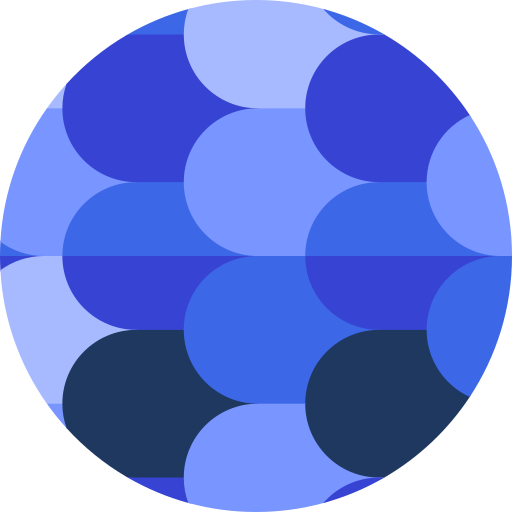 Natural Armor Skill
Natural Armor Skill -
 Natural Weapon Skill
Natural Weapon Skill
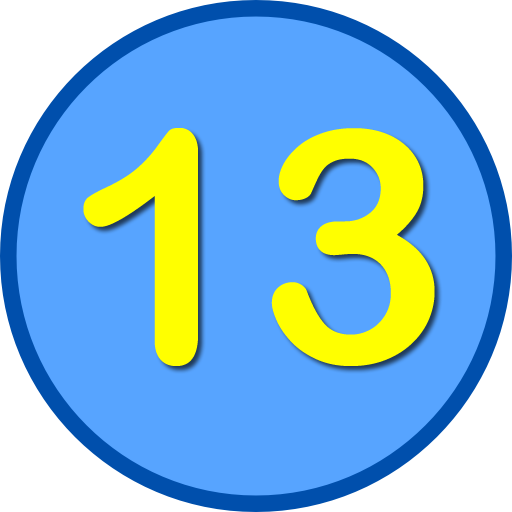 Skill Tier 13:
Skill Tier 13:-
 Attention
Attention -
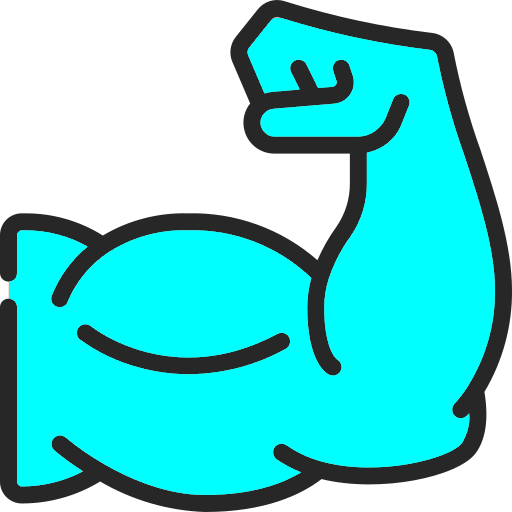 Fortitude
Fortitude -
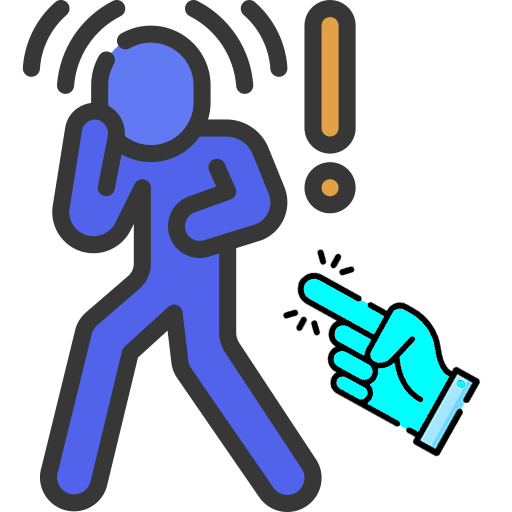 Frighten
Frighten -
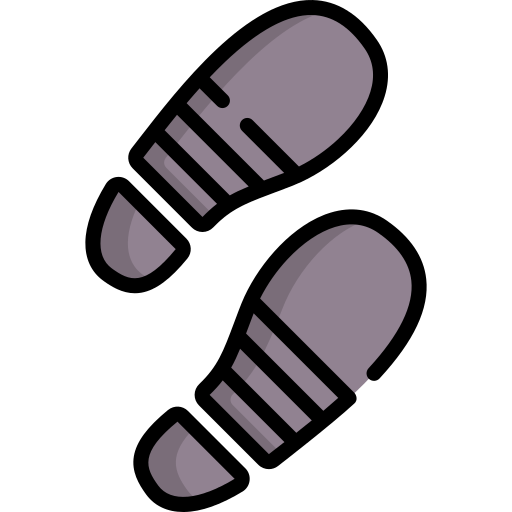 Sneak
Sneak -
 Willpower
Willpower
🧙♀️ The Sinister Hag Dragons
Hag Dragons are grotesque marvels of dark fey magic, born from the twisted rituals of powerful hag covens. These abominations, hatched from corrupted dragon eggs, are far more perilous than any true dragon, blending draconic might with the malevolent cunning of their creators. Their existence is a blight on the world, their unnatural growth and insatiable hunger for life making them a threat to all who cross their path.
🌑 Fey-Forged Monstrosities
Crafted through a profane ritual, Hag Dragons emerge from dragon eggs of any lineage—chromatic, metallic, or otherwise—transformed into something wholly unnatural. The wyrmling that hatches bears only faint echoes of its original draconic heritage, such as a shimmer of metallic scales or a hint of chromatic hue, but these are mere vestiges overshadowed by its warped form. Their bodies are a grotesque fusion of draconic and fey traits: jagged horns twist like gnarled branches, eyes glow with an eerie, hag-like malice, and their scales pulse with an unnatural sheen. Their breath, a miasma of aging magic, withers flesh and saps vitality, marking them as creatures of decay and dread.
⏳ Timeless Predators
Hag Dragons defy the natural order of time, their bodies untouched by the passage of years. Without intervention, they would remain wyrmlings indefinitely, but their uncanny magic allows them to grow through a horrific process: draining the life essence of other creatures. Their breath weapon accelerates aging in its victims, reducing vibrant beings to frail husks while fueling the dragon’s rapid maturation. This stolen vitality propels Hag Dragons through growth stages at an alarming rate, each year absorbed amplifying their power exponentially. Unlike true dragons, whose strength grows over centuries, a Hag Dragon can become a devastating force in mere months, making them unpredictable and catastrophic threats.
Hags often exploit this trait, keeping Hag Dragons young and pliable to serve as enforcers or guardians. Yet, this control is tenuous—mistreated Hag Dragons, upon reaching sufficient power, turn on their creators with savage retribution, their draconic pride and fey cunning making them fiercely independent. A Hag Dragon that breaks free is a force of unrestrained destruction, its wrath as merciless as the hags who birthed it.
🕸️ Coven-Bound Terrors
Though rare, the notion of Hag Dragons forming covens strikes terror into the hearts of even the bravest. Like their hag progenitors, Hag Dragons could theoretically unite to weave rituals of unimaginable power, their combined magic capable of shattering kingdoms or reshaping reality itself. Such a coven would be a apocalyptic force, blending draconic might with fey sorcery to cast spells that rend the earth, summon unending blights, or twist the minds of entire populations. The mere possibility of such a gathering drives sages to warn of vigilance, for a Hag Dragon coven could herald an age of darkness if left unchecked. Fortunately, their individualistic natures make such alliances unlikely—unless a shared goal or charismatic leader unites them.
🧪 Unnatural Ambitions
Hag Dragons inherit the cunning and ambition of hags, but their draconic blood infuses them with a hunger for dominance that surpasses their creators. They are not content to lurk in swamps or ruins; many seek to carve out territories, amass hoards, or manipulate mortal societies from the shadows. Their shapeshifting, a gift of their fey heritage, allows them to infiltrate courts or villages as beguiling humanoids or monstrous beasts, sowing discord or gathering secrets to further their schemes. Unlike true dragons, whose greed focuses on wealth, Hag Dragons crave power over life itself, hoarding stolen years and bending others to their will through fear or enchantment.
🏰 Lairs of Decay
Hag Dragons claim lairs that reflect their dual nature—haunted groves, cursed marshes, or ancient ruins where fey and draconic magic intertwine. These sanctuaries are shrouded in an aura of decay, where plants wither, waters stagnate, and the air hums with eerie whispers. Their lairs are labyrinthine, guarded by traps that age intruders or illusions that twist perception, ensuring only the cunning or desperate reach the dragon’s inner sanctum. Treasures within are eclectic, blending hag-like fetishes—bones, cursed trinkets, and grimoires—with draconic wealth like gems and artifacts, all steeped in the stench of rot and time.
🌌 Harbingers of Doom
In a campaign, Hag Dragons are unparalleled antagonists, their unnatural origins and rapid growth making them dynamic and terrifying foes. They challenge adventurers not just with physical might but with moral and strategic dilemmas—how does one combat a creature that grows stronger with every life it steals? Encounters may involve thwarting a hag coven’s ritual, freeing a young Hag Dragon from its creators, or facing a fully matured monstrosity bent on reshaping the world. Their lairs are stages for desperate battles, where time itself becomes a weapon. To confront a Hag Dragon is to face a creature born of betrayal and ambition, a living curse whose very existence defies the natural order.
Covens
A coven of Hag Dragons consists of three Hag Dragons in cooperation. When all members of the coven are within 60 feet of one another, they can cast the following spells by sharing ![]() Mana.
Mana.
- 1st level
 Fog Cloud
Fog Cloud Hideous Laughter
Hideous Laughter- 2nd level
 Darkness Sphere
Darkness Sphere Locate Object
Locate Object- 3rd level
 Animate Dead, Minor
Animate Dead, Minor Counterspell
Counterspell- 4th level
 Summon Arcane Eye
Summon Arcane Eye Puzzling Confusion
Puzzling Confusion Charm Monster
Charm Monster- 5th level
 Animate Objects,
Animate Objects, Cone of Cold
Cone of Cold Illusory Twinning
Illusory Twinning- 6th level
 Eyebite
Eyebite Move Earth
Move Earth- 7th level
 Finger of Death
Finger of Death Forcecage
Forcecage- 8th level
 Control Weather
Control Weather Horrid Withering
Horrid Withering- 9th level
 Imprisonment
Imprisonment Mass Polymorph
Mass Polymorph Time Stop,
Time Stop, True Polymorph
True Polymorph Wish Fulfillment
Wish Fulfillment
-
 Speed:
Speed:
-
 Swimming Speed:
[speed_walking]
Swimming Speed:
[speed_walking]
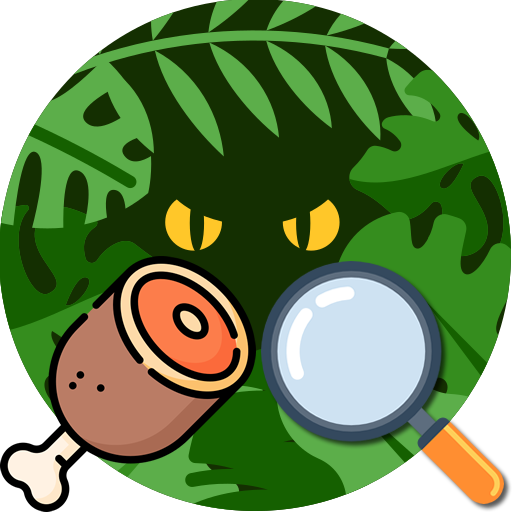 Creature Type Monster Bits:
Creature Type Monster Bits:-
0.12 Hag Dragon Scale25 gp
 Passive Abilities:
Passive Abilities:-
Amphibious1000 gp
-
Mimicry500 gp
 Abilities:
Abilities:-
Intellect Extraction
Environments:
![]()
![]()
![]()
![]()
![]()
